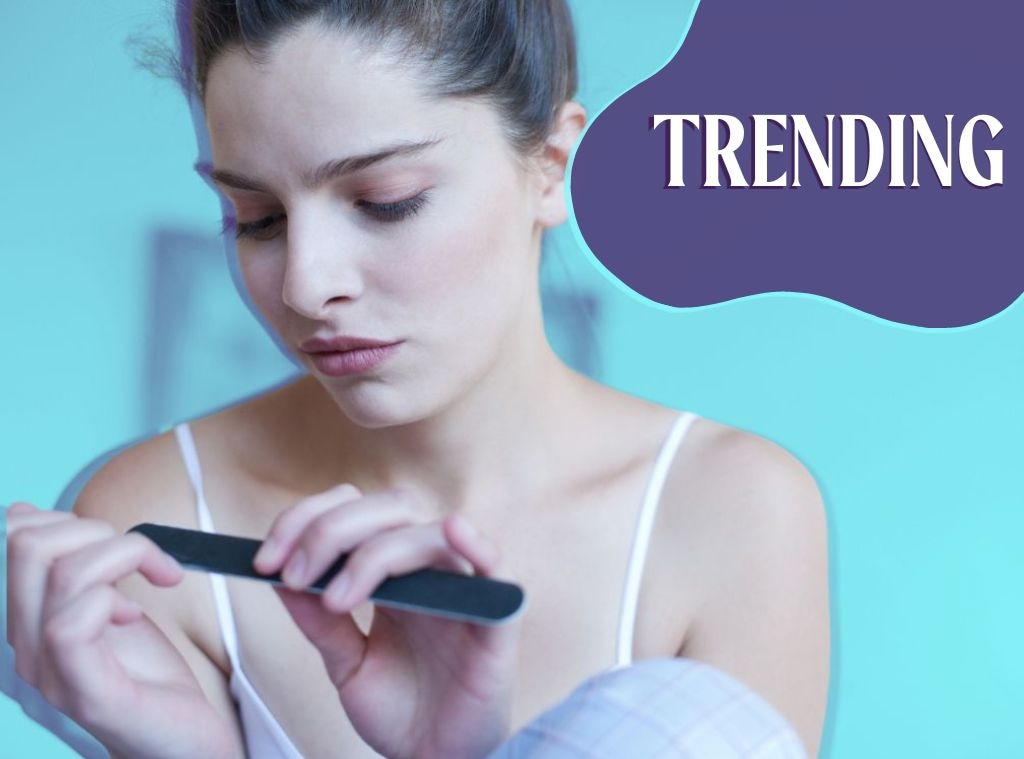 E! Illustration / Getty Images
E! Illustration / Getty ImagesThe products featured in this article are from brands that are available in the NBCUniversal Checkout Marketplace. If you purchase something through our links, we get a commission.
Nail problems are more common than you'd think. Even if you have long, healthy nails, you still need to practice good nail care to maintain them. We've narrowed down the most common nail issues and how to fix them, using products we love.
We've found products with ingredients that target common nail concerns, including brittle nails, ingrown nails, yellow nails, nail fungus, dry nails, splitting nails, products that promote nail growth, and much more.
Keep reading to learn how to treat common nail issues and discover how you can fix them now.
Your nails keep breaking
There are several reasons your nails might keep breaking. Experts say over-filing the surface of the nail, biting your nails, and dehydration due to excessive water exposure or use of solvents such as cuticle or nail polish removers can all cause nail trauma and be reasons why your nails keep breaking.
The best way to fix nails that keep breaking is by strengthening them. A study found that limiting trauma, using moisturizing creams, ointments, and oils, plus wearing gloves to avoid contact with potential irritants such as water and chemicals can help heal and prevent brittle and broken nails.
Your nails have white spots
White spots on the nail are also known by their scientific name, leukonychia. They can be caused by nail trauma, nail plate abnormalities, nutritional deficiency, disease, or fungal nail infection.
Experts say that if these spots appear on your nails, it's not always cause for concern. They recommend "gentle nail care" to treat the situation. "Avoid manipulating cuticles, and limit the application of frequent irritant or allergenic grooming products (nail polish/remover, artificial nails, and nail glue). The frequent application of a moisturizer can be beneficial," an expert writes.
The skin around your nails is swollen and red
What causes the skin around your nails to be swollen and red? There are a few reasons the skin around your nails can be swollen and red. For instance, you might have an ingrown nail or an infection. If you bite your nails or have a cut in that area (picking at a hang nail, maybe?), that could be the culprit. Issues such as nail fungus and nail psoriasis can also cause the skin around the nails to be swollen and red.
So how exactly do you heal swollen and red skin around your nails? Well, if you suffer from chronic nail infections or nail inflammation, also known as Paronychias, experts say you should seek medical attention, as it's usually either treated with an incision and drainage or with antibiotics.
If you have an ingrown nail or are healing from a cut, experts have recommended soaking your nail in warm water to help reduce swelling. These experts go on to say you may want to apply a topical treatment to the infected area, followed by a bandage for protection.
Your nails have deep horizontal ridges
Those deep horizontal ridges, grooves, or dents are also called Beau's lines. They can be caused by nail trauma (yes, banging your nail really hard counts as nail trauma), illness, nutritional deficiency, and even aging.
Experts say these can form due to damaging your nail matrix, or where your nail starts to grow. Although you may not want them or like them, Beau's lines aren't a disease and aren't harmful by themselves.
While there are no treatments that specifically treat these deep ridges, what you can do is avoid further nail trauma from nail treatments such as gel manicures and acrylics. These lines usually grow out with your nail, so be sure to continue healthy nail practices: protect your hands and nails, moisturize your hands, and trim your nails frequently to prevent nail snagging and breakage.
Will switching to organic nail polish solve my nail problems?
Studies have shown that chemicals in nail polish can be absorbed into the body. But if you're a frequent polish wearer, don't freak out! Experts say the exact amount of absorption, and whether it is enough to have negative health effects, are not well established. They have deemed organic and non-toxic nail polishes a good alternative to conventional polish for those wishing to avoid particular chemicals, although the health benefits are uncertain.
What do I need for healthy nails?
In order to have healthy nails, you need to create a good nail care routine. You want to protect your nails from harm whether that be by accident, nail biting, or infection. You'll want to keep your nails hydrated and strong with nail care products that strengthen and moisturize them. You might also consider switching from traditional nail polish to non-toxic color options.
We've rounded up a variety of nail health essentials, including nail colors, for you to establish (or update) your nail care routine.